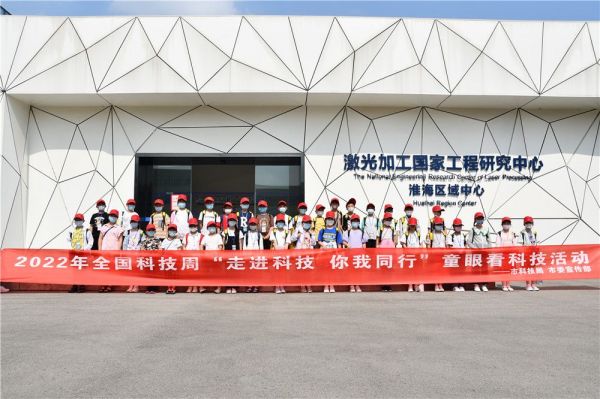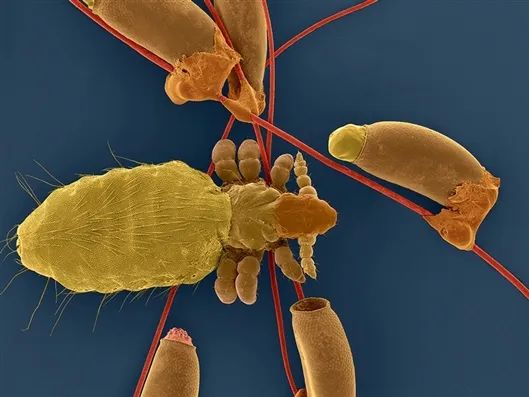These special human red blood cells were discovered by Chinese scientists!
Author:Science and technology innovat Time:2022.06.30
"We found a group of special humans with nuclear red blood cells, and they were inlaid with CD63 marks." Shi Lihong, a researcher at the Institute of Hematology, Chinese Academy of Medical Sciences (Institute of Hematology, Chinese Academy of Medical Sciences) Cells release inflammatory factors and participate in the human body's immune response.
On June 27, the international journal "Nature · Immunology" published this research of this innovative cognition. Traditional opinions believe that red blood cells are a group of average oxygen -carrying cells, which knows very little about it to participate in human immune response ability.
Which red blood cells can "regulate" immune system in the human body? How did this special group discovered? On June 29, a reporter from the Science and Technology Daily contacted the main member of the research team.
High -precision person red blood cell map
Before finding this group of nuclear red blood cells with the characteristics of immune regulation, the research team cannot determine that it does exist.
"In people's conventional cognition, the red blood cells in human blood are not divided into functional types, but they usually classify them according to their maturity or form." Dr. Xu Changlu, the first author of the paper, told the Science and Technology Daily reporter that before this, before this, before here In some studies, people feel that red blood cells may be "divided into groups" (similar to the workers, soldiers and other duties such as workers in ant colors), and red blood cells are likely to undertake different tasks. This characteristic is called "functional function. Heterogeneity".
Is this like this? Academic research needs to be empirical from the level of cells and molecules.
If each of the red blood cells representing the red blood cells at the molecular level of the red blood cells in the human development process can make a high -precision "bottom" of the human red blood cells and obtain the molecular panorama of red blood cells.
Around 2017, single -cell sequencing technology gradually matured, and Shi Lihong decided to lead the team to the drawing of red blood cell molecular panorama. This is a huge research work. The team overcomes the difficulties of the sample acquisition. The red blood cells at the development of multiple stages of the human body are collected for single-cell RNA-SEQ sequencing analysis, and the data is analyzed. The total amount of original data is about 3TB.
The "panorama" highly precisely draws the main cell activity of the red blood cells "from birth to mature" at different stages of development. The team found that there was a difference in the dimension of red blood cells in the development stage, and found more evidence for "the existence of heterogeneity in human red blood cells."
Immune red blood cells with unique marking
Behind the "panorama" is a large number of biological information data worth deep excavation.
"We first define each red blood cell sub -group based on the transcription group data, and then found the genetically high -expression genes in each cell sub -group through analysis." A common feature is that the CD63 gene has a higher level of expression. Therefore, the CD63 can be used to represent immunomoscope red blood cell sub -groups and become a mark that people recognize them.
In order to prove that the nuclear red blood cells with CD63 have indeed participated in the human body's immune activity, and the team turned back to verify. By selecting the CD63 expression, there are nuclear red blood cell sub -groups and incubate with different immune cell groups. The team further confirmed that they did significantly promote the secretion of inflammatory factors in immune cells.
"From the perspective of molecular mechanism, our preliminary analysis data shows that the immune regulatory function of red blood cells can regulate the inflammatory factors of immune cells through the" ligand against '. Immune regulation red blood cells have both red blood cells and immune cell dual regulatory networks. It plays the role of 'hub "." Xu Changlu said that further body functional experiments will be carried out in the future.
Study to help generate red blood cells in the body
Due to the shortage of blood, humans have been exploring the technology of mass production of functional red blood cells in the body. This research also provides a solid theoretical foundation for ectopic in vitro production.
"The generating blood cells in vitro is an important part of recycled medicine. There are also many international teams that are constantly optimizing the in vitro hematopoietic system. As far as red blood cells are concerned, it is still impossible to generate functional red blood cells in large quantities to be applied to the clinic." Xu Changlu explained that the team passed the comparison body. The differences in red blood cells inside and outside found that the red blood cells generated in the in vitro system have many metabolic abnormalities and excessive apoptosis and autoplapse. Therefore, in the future, the transformation of these abnormalities is expected to improve the in vitro -blood cell generating system to achieve the purpose of the final batch of red blood cells. (Science and Technology Daily)
- END -
Children's Eye Science and Technology | Municipal Science and Technology Bureau launched the &q

On the afternoon of May 29, the Municipal Science and Technology Bureau organized ...
The first mammalian of lice is it!

Text | XinyuA long nose bull lice picture Source: Dennis Kunkel Microscopy/SPLAt le...